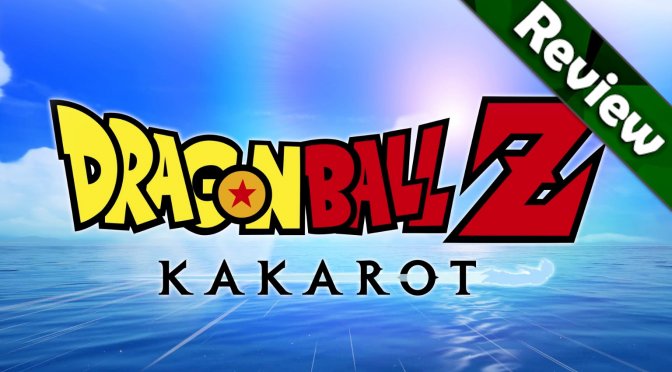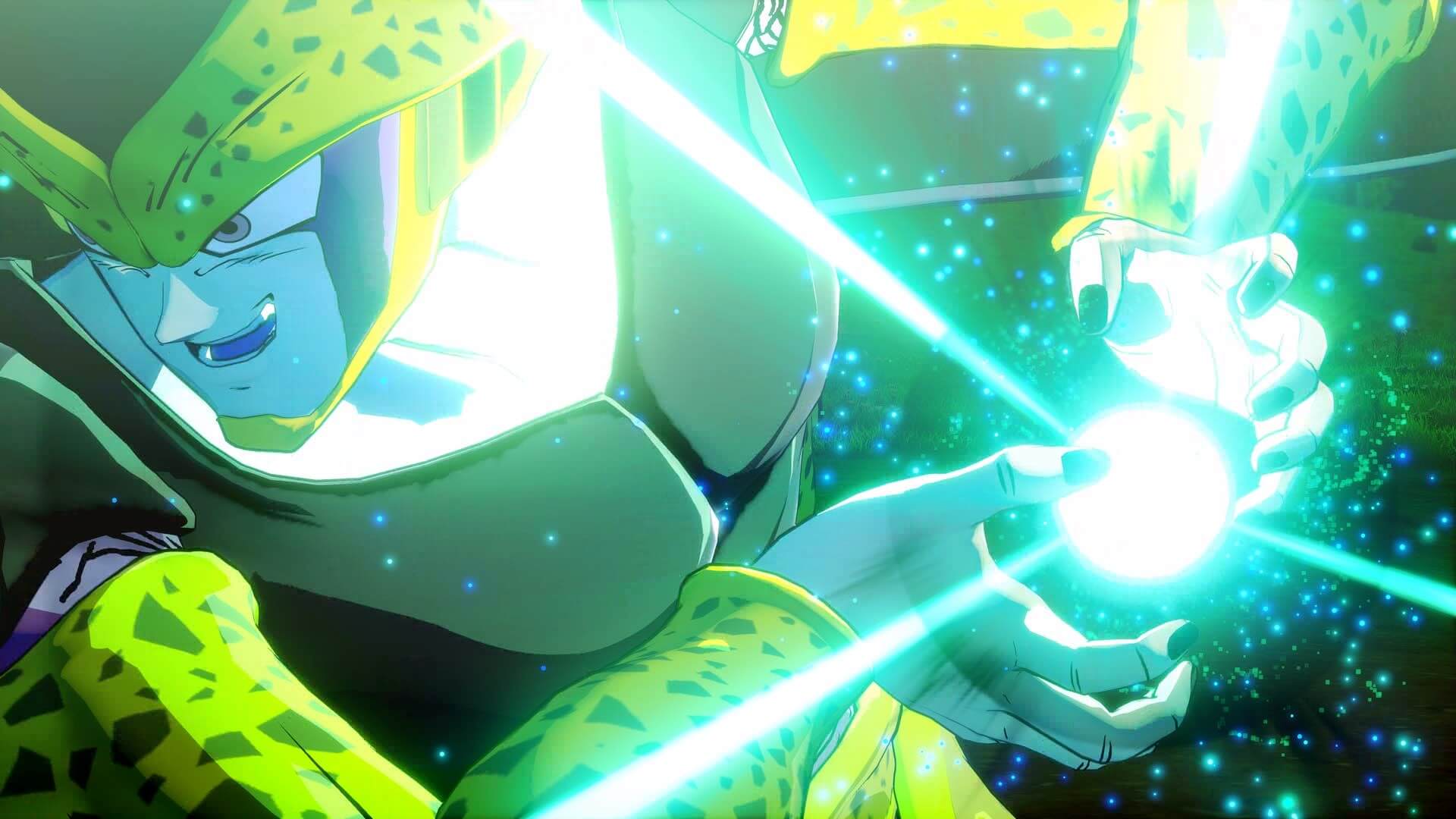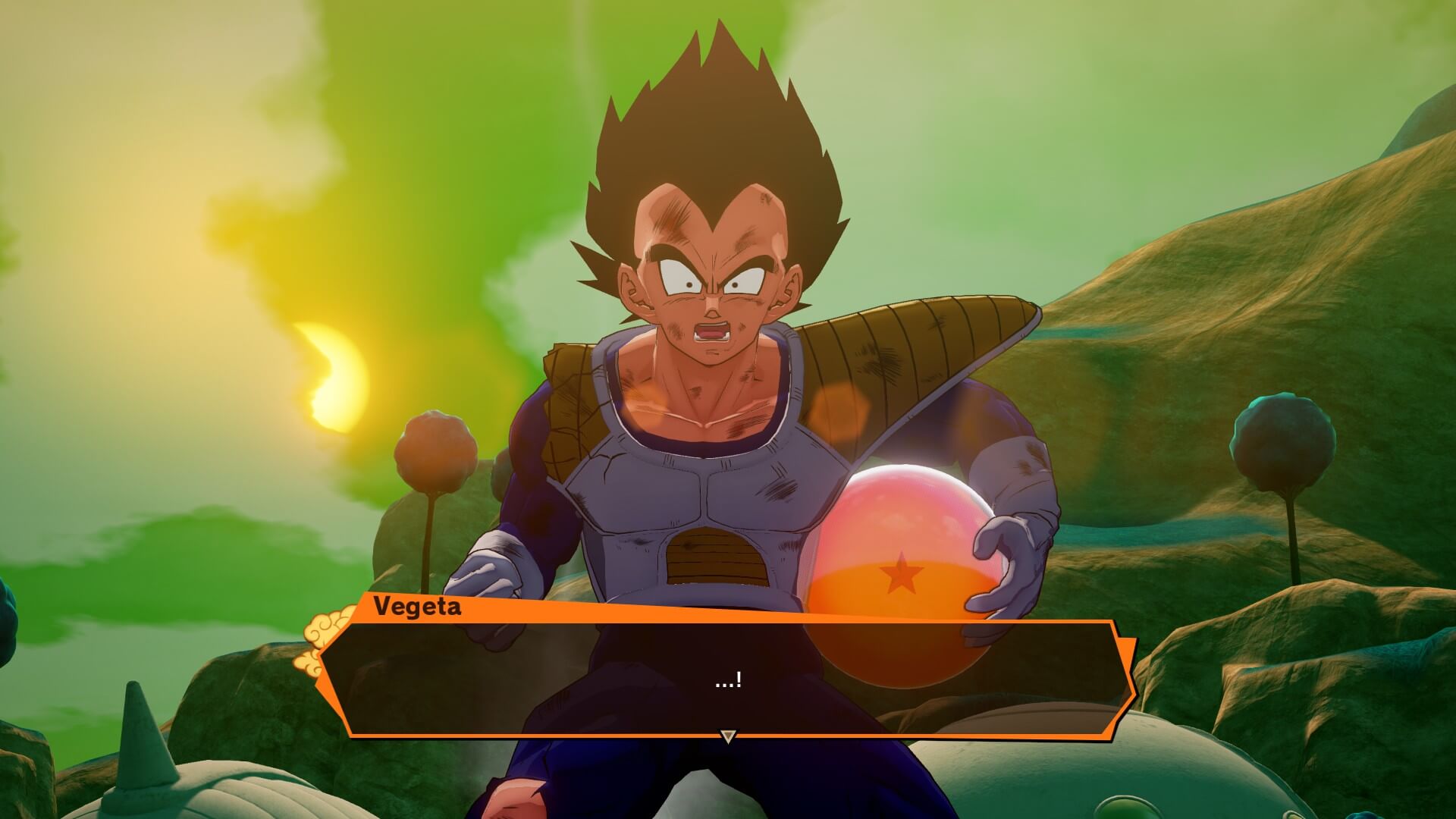It seems that gamers will never give Dragon Ball Z a chance to quit. Every time this 1989 anime looks ready for a peaceful retirement, some studio drags it back into service sending 90’s kids spiraling into nostalgia, while a whole new generation falls in love with the show. Fighting games in particular have turned Akira Toriyama’s masterpiece into a magic goose with an infinite supply of golden eggs.
Yet, what lies beyond the fighting game genre for Dragon Ball Z has always represented something of an enigma for developers. The epic stand-offs against insanely powerful enemies are certainly a fundamental part of the anime, but they form the climax of Goku’s personal growth. No DBZ game has really been able to translate our hero’s journey into a meaningful game.
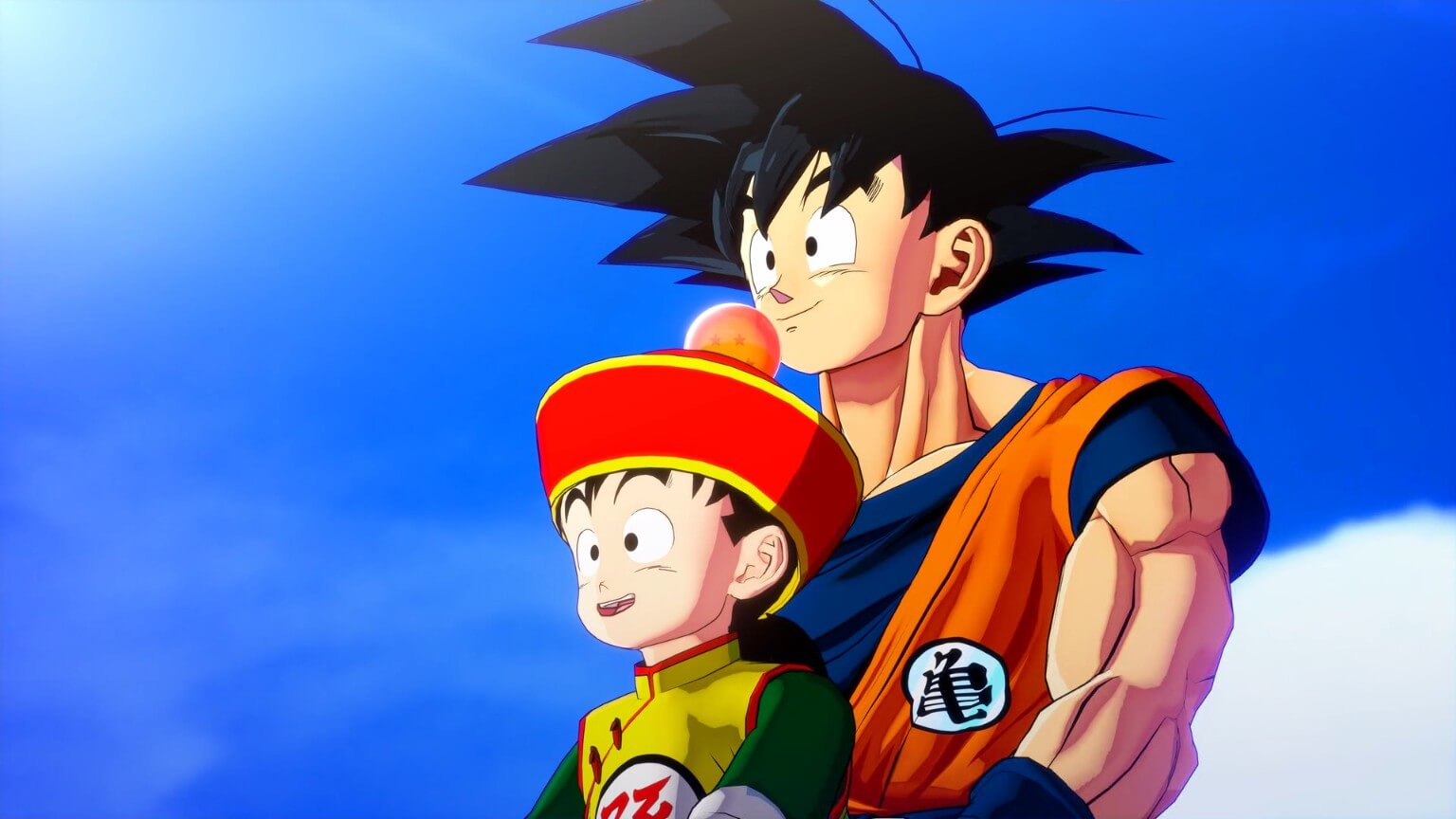
Enter Dragon Ball Z Kakarot. With this game, Japan-based studio CyberConnect2 have taken the arena brawler formula used in many of their Naruto titles, and wrapped the entire Dragon Ball Z epic around it. What they cobbled together is a wholly different kind of DBZ game with commendable respect for its source material, but unfortunately still falls prey to many hazards of the open-world genre.
Rock the dragon
What sets CyberConnect2’s latest game apart from most other Dragon Ball Z titles is a dedication to retell nearly the entire anime’s narrative from the perspective of different characters. Rather than usher the player from one random fight to the next, DBZ Kakarot includes a much heavier emphasis on open-world gameplay to make room for various story-driven moments.
As such, the iconic fights with adversaries like Cell and Frieza are juxtaposed with the opportunity to play through more chilled sections, such as Vegeta hunting Dragon Balls on Planet Namek, or just going fishing with Gohan.
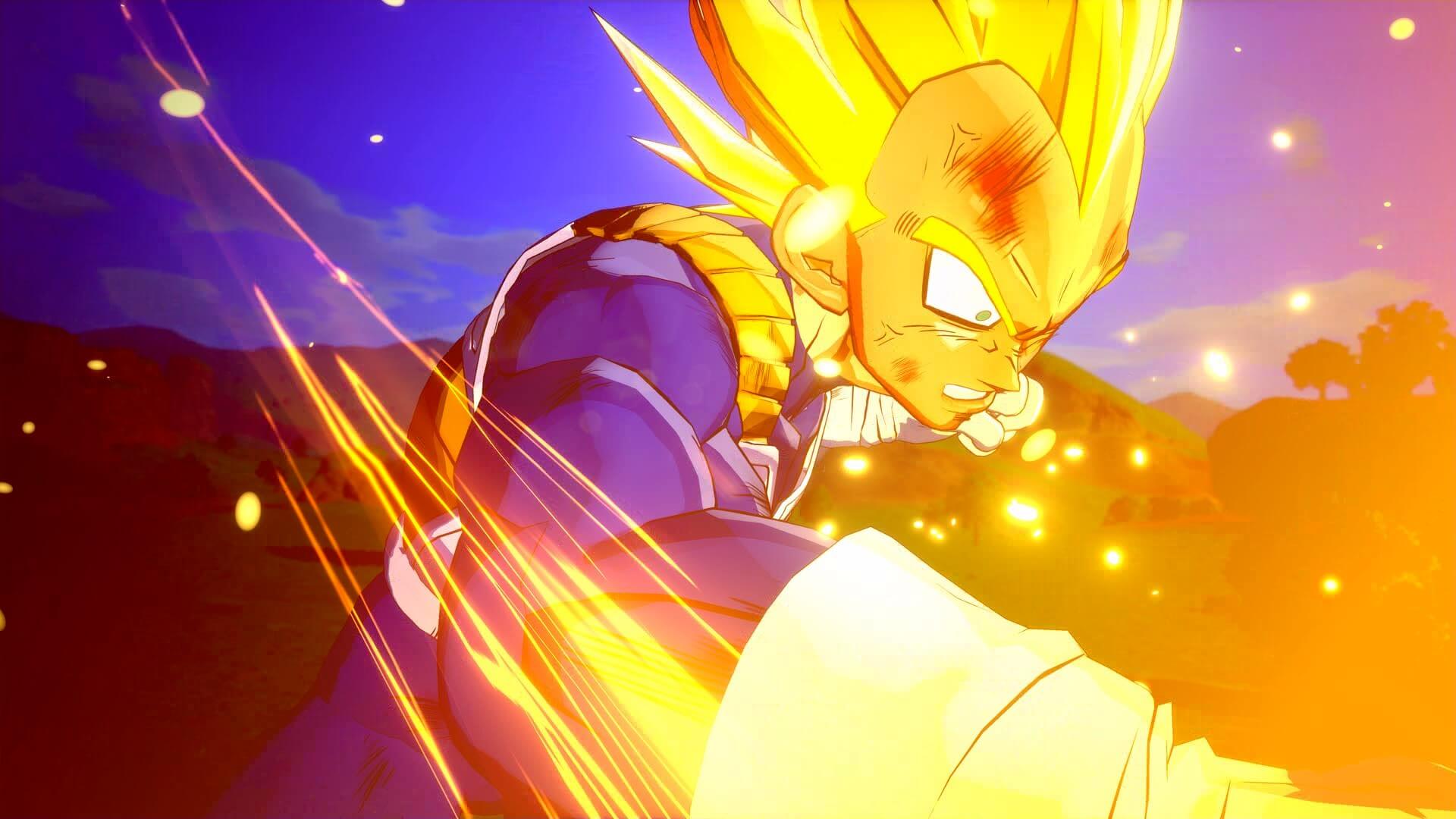
These smaller, more narrative-centric missions generally serve the purpose of grooming your character’s stats by exploring for collectables, taking part in training exercises, or pummeling droves of lesser enemies. Each locale has been utterly packed with oodles of these side activities, and they help to give you a leg up during boss fights at the end of each chapter.
While not all the textures have been created equal, DBZ Kakarot generally looks good enough to feel like you actually entered the world of the anime. Running on the Unreal Engine 4, the character models look utterly fantastic, and they are easily on par with gorgeous visuals from the best looking games such as Dragon Ball FighterZ.
The developers have also done a great job in recreating classic cut scenes in-engine, which certainly do not hold back from eye-watering lighting and particle effects. By the time I reached the Kaio-ken four scene between Goku vs Vegeta, I squealed like a little school girl! You could feel the intensity through the screen, and in moments like these, DBZ Kakarot is a marvelous thing to behold.
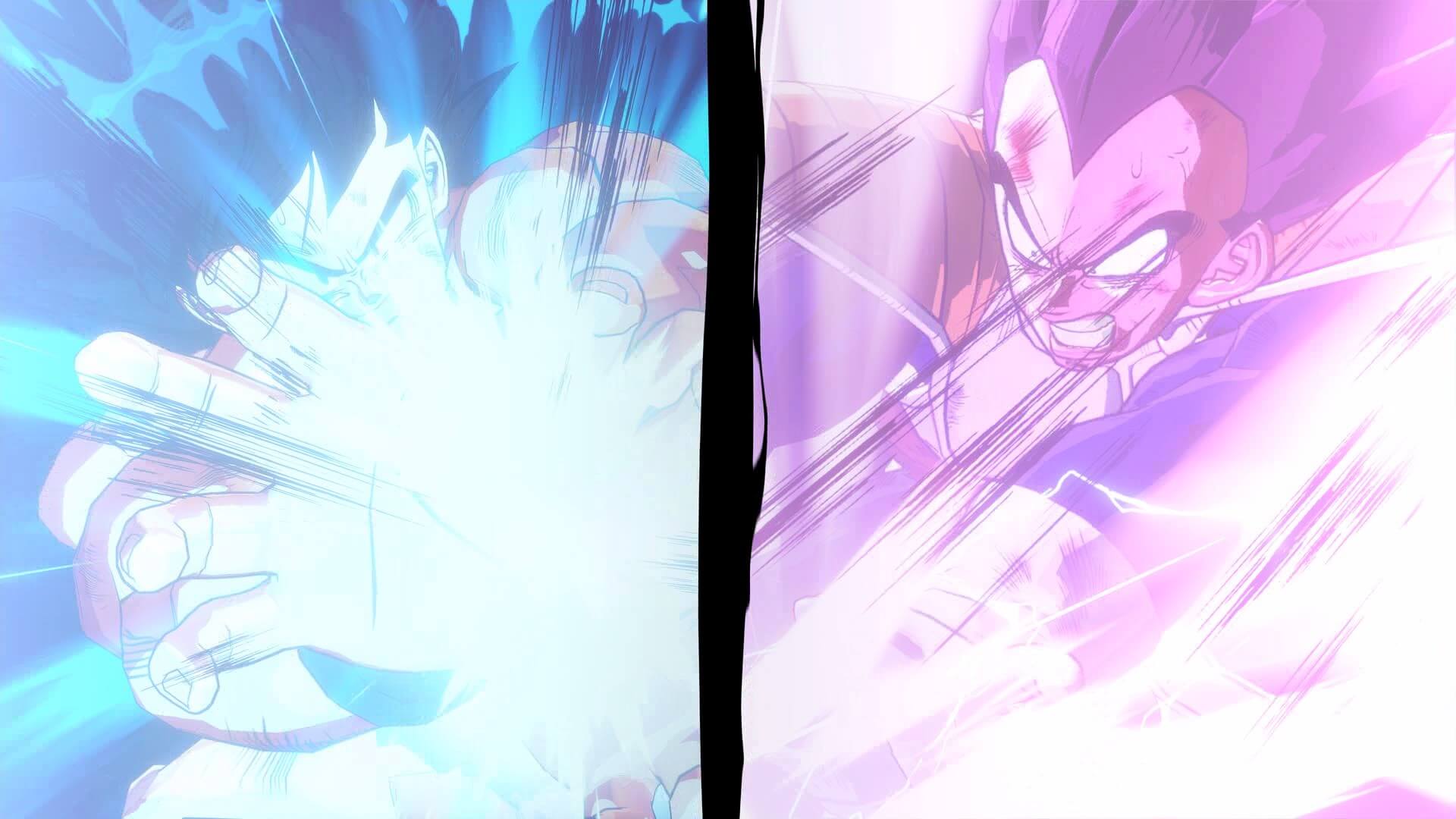
Unfortunately, the open-world dialogue scenes are truly cringeworthy. The show’s original voice cast – including Seán Schemmel and Christopher Sabat – do their best, but the horrific, wooden acting and Final Fantasy X-level awkward pauses between lines make these shorts an utter pain to sit through, and there are a LOT of them.
It’s over nine thousaaaaaaaand!
When the first moment arrived to try my hand at the combat , I switched over to ‘fighting game mode’ in my mind out of habit. As usual, I anticipated the routine of pausing the game and committing some basic combos to memory before punching Piccolo right between his pointy ears…
Except there weren’t any combos or multi-button attacks to speak of. Instead, the player will have access to the same three actions throughout all of DBZ Kakarot’s combat sequences: Melee attacks, long-range energy blasts and that… blink/step… thing they do. That’s it. Only three inputs that lay the foundation for how you will take on every enemy the game throws at you.
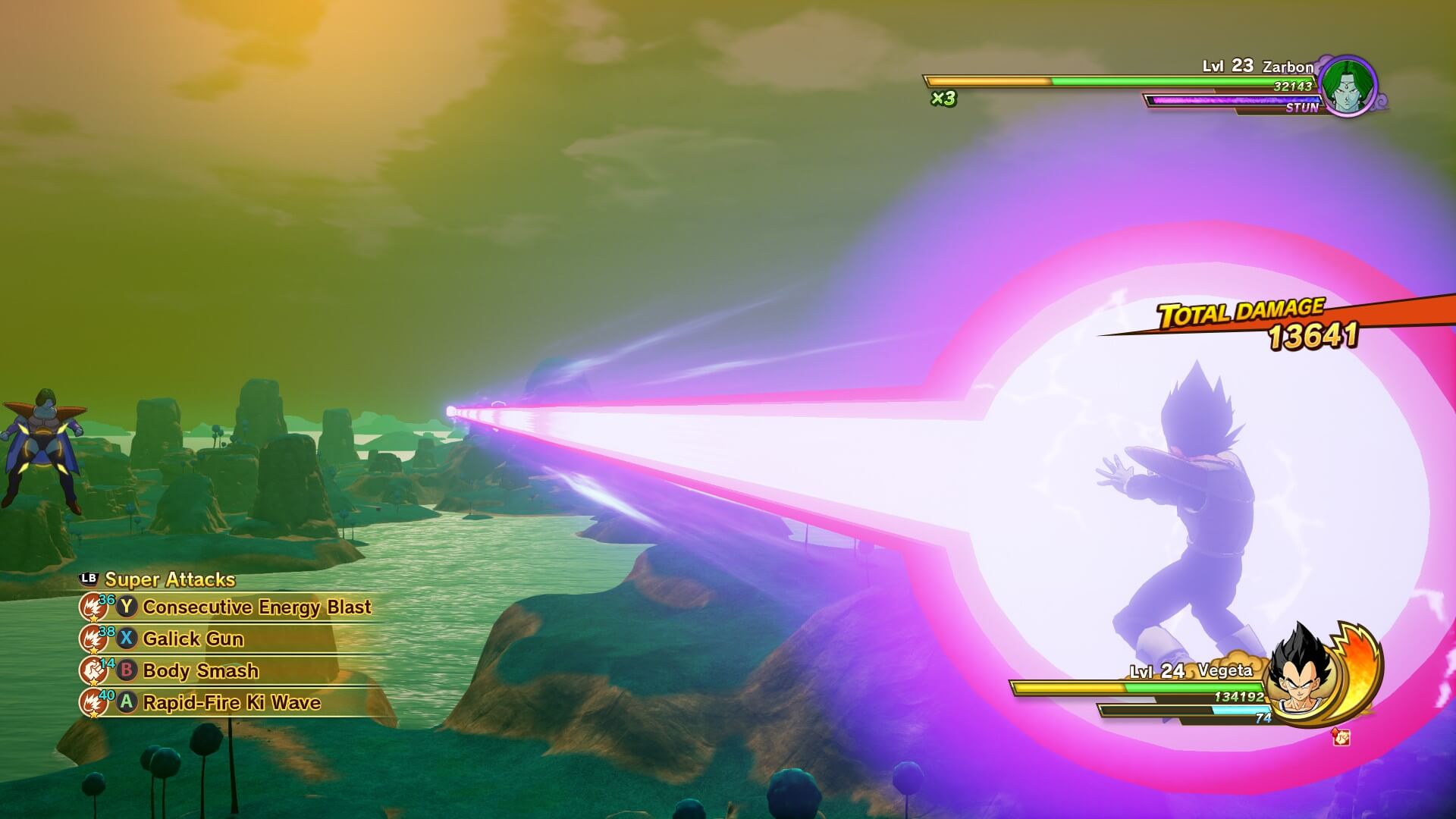
CyberConnect2 have gone with a simplified, consistent combat system to ensure that the leading character can be rotated as the story progresses, without the need for the player to learn new list of fighting moves each time. Combat is therefore based on paying close attention to the enemy’s attack patterns, and subsequently deciding what your character should do in that moment.
Is the enemy close enough to attack, are they blocking, are they about to discharge an energy attack, or should I try to dodge their next move? You form an instinctive loop of these questions in your head as you become more intimate with the game’s fighting system.
Of course, it wouldn’t be Dragon Ball Z without the signature super moves, so the game does let the characters’ individuality shine through in these abilities. The player can swap around a choice of four different energy attacks to blast at enemies, and when fighting as a team, you can even call on your partners to assist with their own signature powers.
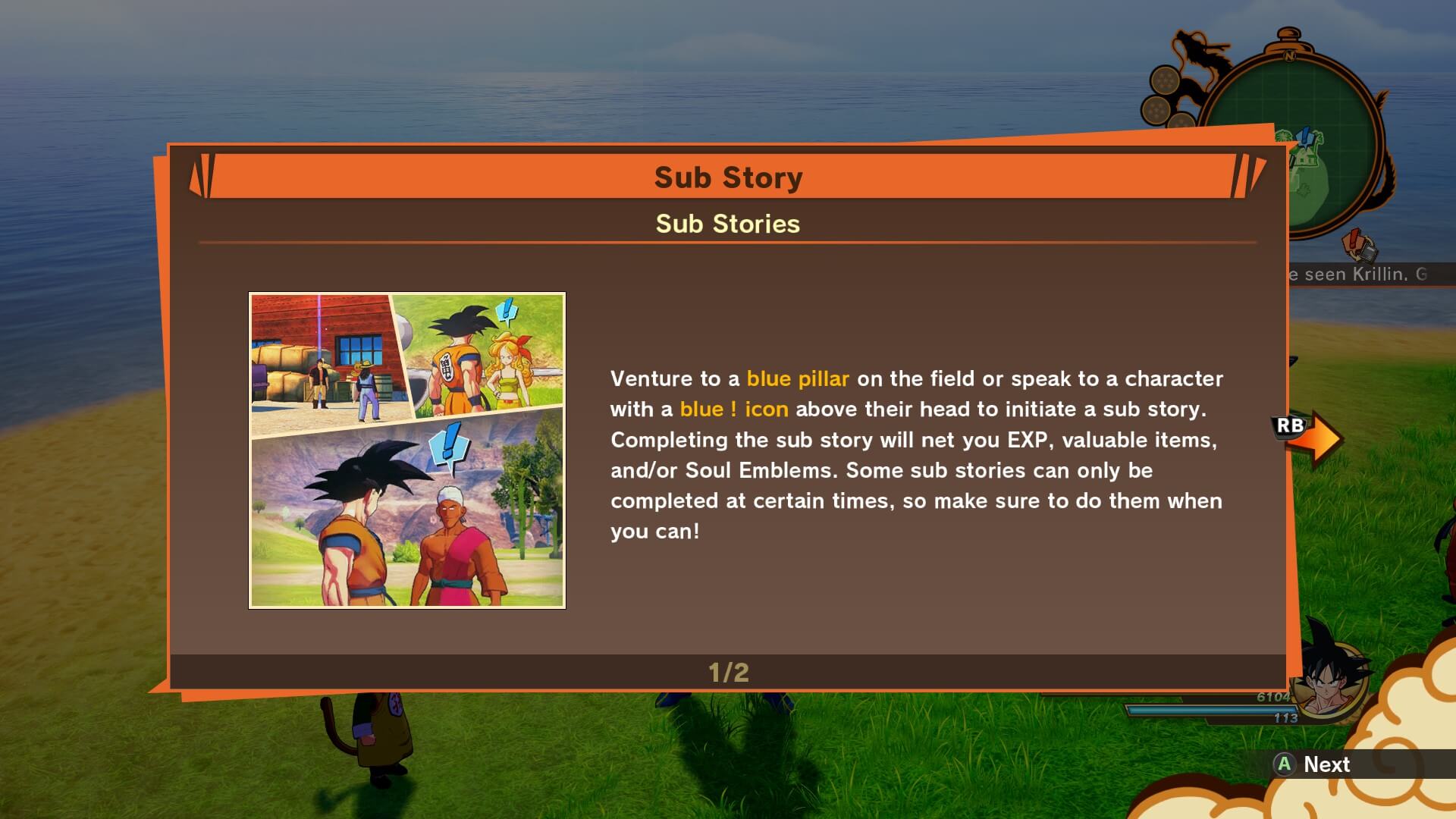
While combat is overall a flashy and engaging system, I wish it could have been more responsive. The game does most of the work for you, but inputs are still dependent on the character finishing their animations, which means it was too easy to descend into button-mashing. I often got frustrated by seeing characters failing to block, or not striking in an opening because they were still trying to finish that button sequence you entered a few seconds ago.
Open-world woes
I reviewed One Piece: World Seeker last year which is another Shonen Jump publication that shed the yoke of the fighting genre in exchange for an open-world design. Regrettably, several issues – such as a bland world and sterile gameplay – fatally ruptured what could have been a great recreation of the anime in game form.
It seems that DBZ Kakarot didn’t pay attention to World Seeker’s failings as it duplicates several of them (albeit to a smaller degree). As you’d expect, the most overwhelming problem in DBZ Kakarot is how the open-world gameplay likewise felt underdeveloped, bland and extremely repetitive for much of my time spent with this game.
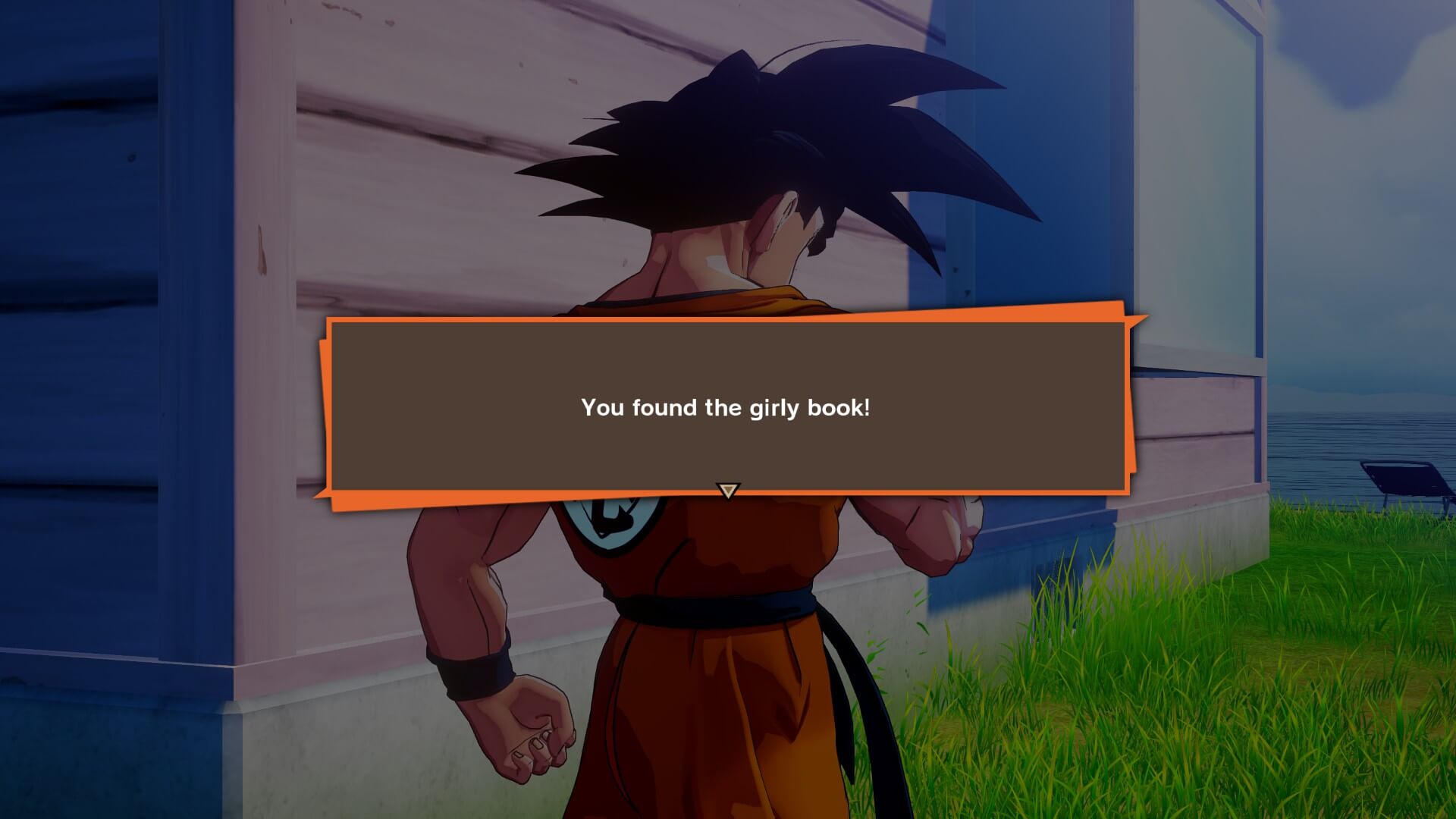
The different maps like Planet Namek or the island-strewn oceans around Kame House are decent replicas Dragon Ball Z’s settings, and they are pleasantly spacious. However, these areas rarely elevate above being hollow, collect-a-thon, sand boxes to do the same things over and over again. Even side quests boil down to nothing more than finding lists of items, or fighting the same minor enemies ad infinitum.
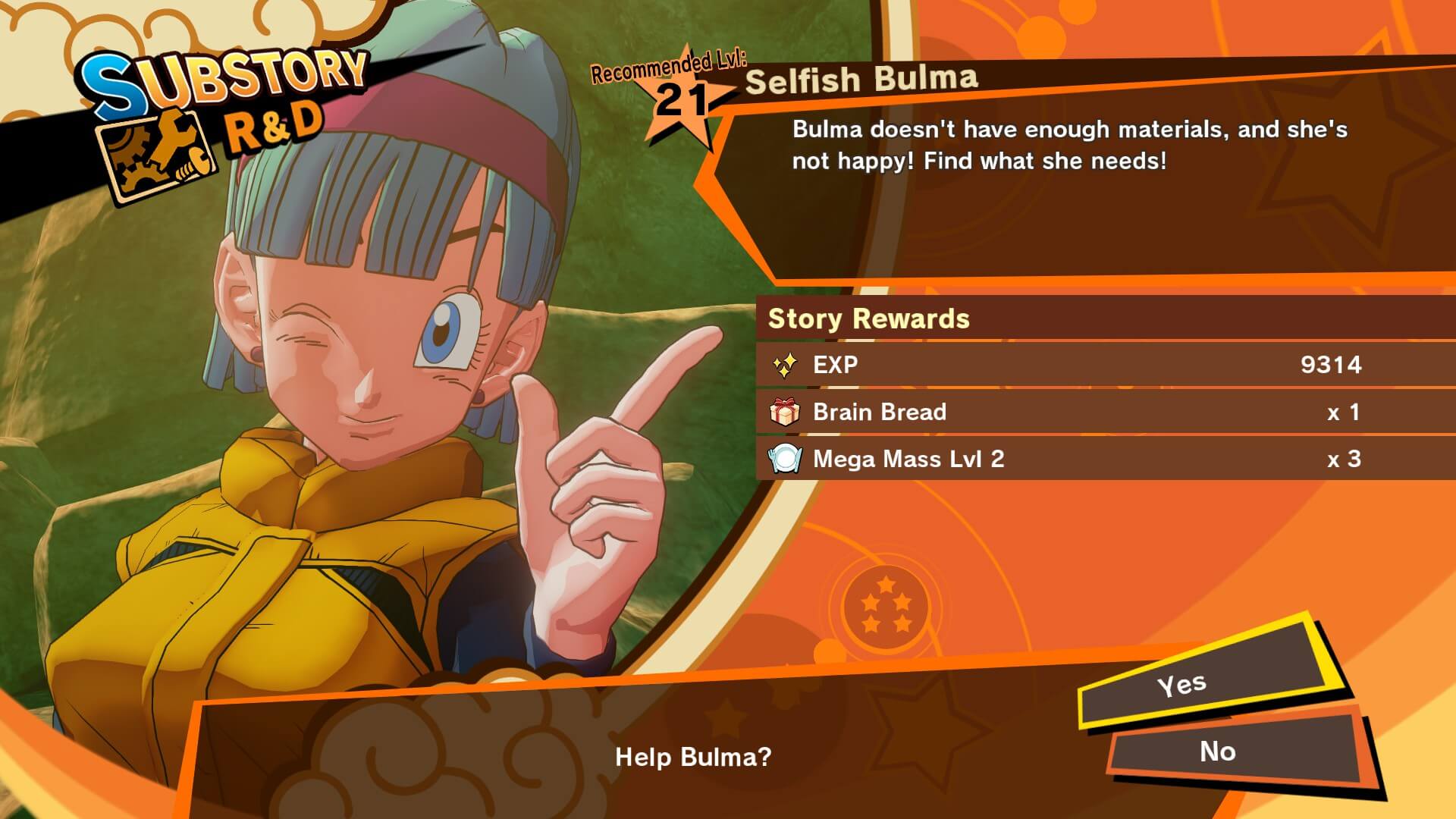
As such, several moments of grinding through DBZ Kakarot made me aware that I was utter bored. There is nothing outright broken in these systems (even counting the cringy cut scenes). However, it took mere hours for the fun to wear off once I figured out that the game had no more tricks up its sleeve.
Like anime, like game
I have an inkling that DBZ Kakarot was perhaps envisioned in the early phases of development as a turn-based JRPG since the game cares an awful lot about skill trees and character stats. This might explain why something about this experience feels so lacking, and why DBZ Kakarot plays like different elements of open-world and RPG games that have been haphazardly cobbled together.
For this reason, the forty or so hours I spent in-game vacillated between nostalgic joy in reliving one of the most epic anime series ever conceived, and an overwhelming sense of ‘Just get on with it man!’ There isn’t really another game based in the DBZ universe quite like this one, yet its failure to make the open-world segments more interesting is impossible to ignore.
Sorry folks, while DBZ Kakarot can certainly lay claim to a fairly solid foundation, I wish I had better news for you. It feels like a superior, more fleshed out Dragon Ball Z game constantly threatens to conquer the bland moments, but this game just doesn’t get there. When the inevitable top ten lists come out in December, I’d bet most content creators will have forgotten this game was even released this year. The definitive open world DBZ game has yet to come.
![]()
- Good visuals
- Elaborate boss fights
- Loyal to the DBZ narrative
- Battle cut scenes
![]()
-
- Bland side quests
- Very repetitive
- Too much collecting
- Open-world cut scenes
- Tutorial screen overload
- Too much talking!
PC Specs: Windows 10 64-bit computer using Nvidia GTX 1070, i5 4690K CPU, 16GB RAM – Played using an XBox One controller
Pieter hails all the way from the tip of southern Africa and suffers from serious PC technophilia. Therapists say it is incurable. Now he has to remind himself constantly that gaming doesn’t count as a religion even if DRM is the devil. Thankfully, writing reviews sometimes helps with the worst symptoms.

